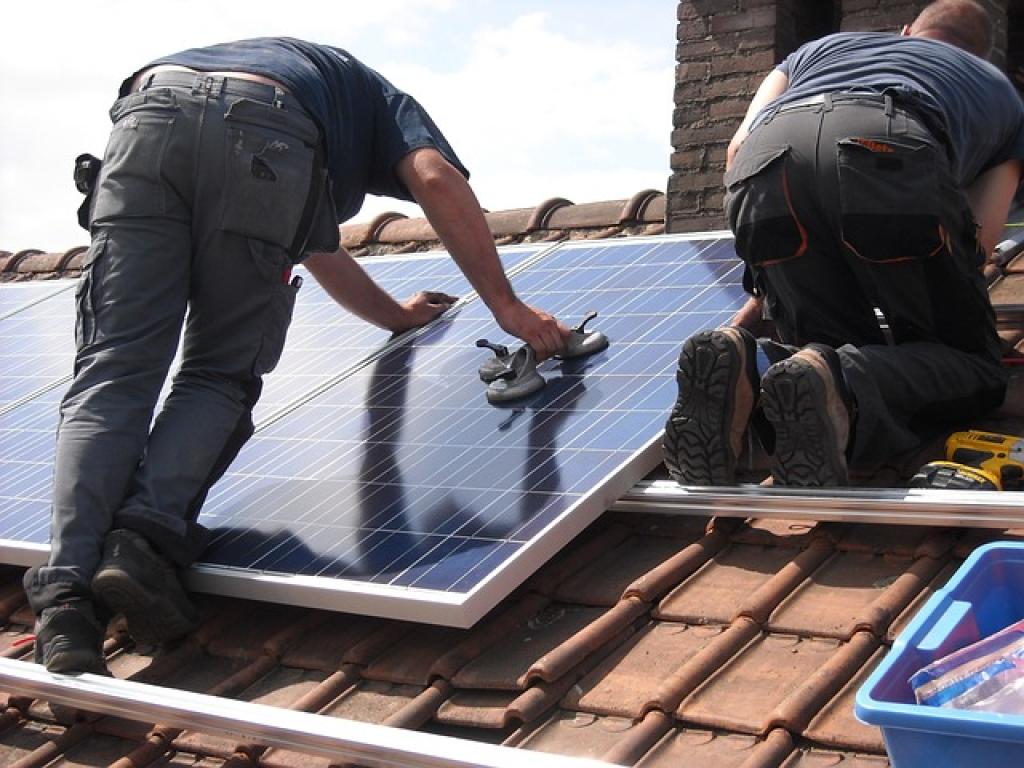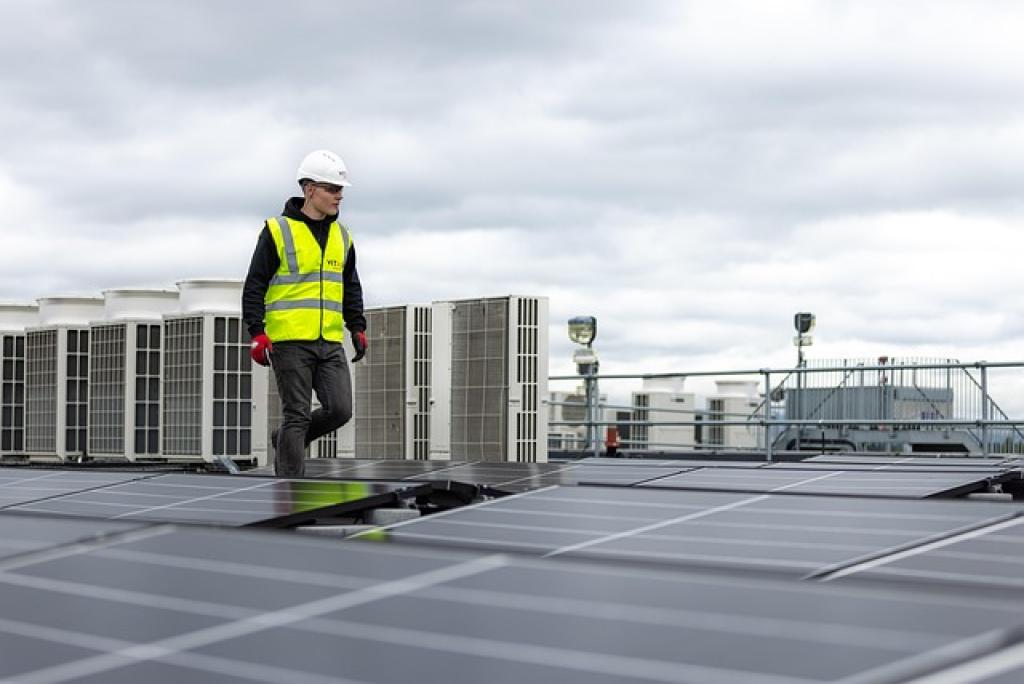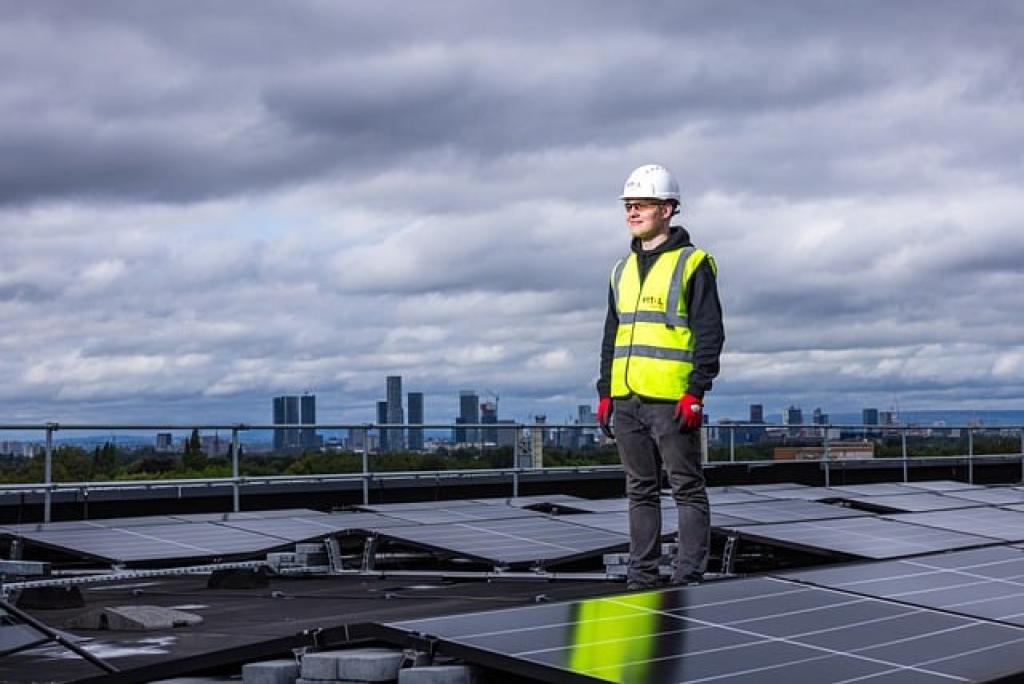Durable Solar Backpacks for Extreme Conditions: The Ultimate Guide
Exploring the great outdoors often means venturing into harsh and unpredictable environments where reliable gear is essential. Whether scaling mountains, traversing deserts, or trekking through rainforests, staying connected and powered up can make all the difference.
Enter the world of Durable Solar Backpacks—an ingenious fusion of design and technology, engineered to withstand the rigors of extreme conditions. These backpacks don’t just offer storage; they harness the sun’s energy to charge your devices.
Built with rugged materials designed to resist tears, abrasions, and water, these backpacks are perfect for the adventurous spirit. They’re lightweight yet robust enough to ensure your gear is safe while the integrated solar panels work tirelessly under the sun.
As you embark on your next extreme adventure, a Durable Solar Backpack might just be the reliable companion you need to keep your gadgets alive and your journey stress-free. Dive in as we explore some of the best options available, designed specifically to brave the toughest environments while keeping you connected on the go.
Durable Features to Look for in Solar Backpacks
When selecting a Durable Solar Backpack capable of enduring extreme conditions, durability is key. Here are essential features to consider:
Tough Materials
Look for backpacks crafted from high-quality, resistant materials like ripstop nylon or polyester. These fabrics are known for their toughness, providing protection against tears and abrasions while being lightweight. Water resistance or waterproof treatments are also crucial to keep your gear dry amid sudden downpours or wet environments.
Robust Solar Panel Integration
The heart of any Durable Solar Backpack is its solar panel. Aim for models with high-efficiency panels securely integrated into the bag’s design. They should be flexible yet strong enough to withstand bending and exposure to the elements without compromising functionality.
Reinforced Stitching and Zippers
Extreme conditions demand the strongest construction. Reinforced stitching ensures longevity, preventing seams from ripping under heavy loads. Quality zippers, preferably those with storm flaps, will keep water and debris at bay.
Adjustable and Padded Straps
Comfort is just as important as durability. Adjustable, padded shoulder straps and supportive waist and chest straps will distribute weight evenly, reducing fatigue during long treks.
Selecting a Durable Solar Backpack with these rugged features will ensure reliability in even the harshest environments, leaving you free to chase adventure without worry.

Benefits of Using Solar-Powered Backpacks in Harsh Environments
Durable Solar Backpacks offer a multitude of advantages for adventurers tackling the world’s most challenging terrains. Here’s why they stand out:
Endless Energy Source
One of the most compelling benefits is the unlimited power source—sunlight. In remote areas where access to electricity is limited, Durable Solar Backpacks provide a reliable way to keep essential devices charged, ensuring communication lines remain open and navigation tools functional.
Environmental Friendliness
Harnessing solar energy reduces reliance on disposable batteries and portable chargers, making these backpacks an eco-friendly choice. They allow adventurers to reduce their carbon footprint by utilizing a sustainable energy source.
Versatility and Functionality
Beyond charging capabilities, Durable Solar Backpacks come equipped with multiple compartments catering to all your storage needs. Many models also integrate advanced features such as USB ports, battery packs, and even LED lights, enhancing their utility in demanding conditions.
Peace of Mind
Ultimately, knowing you have a backup plan for your electronics provides peace of mind. Whether it’s calling for help, accessing maps, or simply taking photos of your journey, a Durable Solar Backpack ensures you’re powered and connected, no matter how far off the grid you venture.
These versatile packs are not just about convenience—they’re about empowerment and responsibility, making them an essential companion in the great outdoors.
Factors to Consider When Choosing a Solar Backpack for Extreme Conditions
Selecting the right Durable Solar Backpack for extreme environments requires careful consideration of several critical factors to ensure it meets your adventure needs.
Capacity and Size
Your backpack should have ample space to store all necessities without becoming cumbersome. Opt for a size that balances your packing needs with comfort for extended wear.
Solar Panel Efficiency
Assess the solar panel efficiency and power output. It’s crucial that the backpack can generate enough power to charge your devices even in less than ideal conditions. Higher wattage panels can provide faster charging times, which is beneficial when sunlight is limited.
Weight and Comfort
The weight of the backpack is another important factor. While sturdy materials are essential, the pack should remain lightweight to avoid unnecessary strain during long treks. Padded straps, lumbar support, and adjustable harnesses improve wearability and reduce fatigue.
Additional Features
Think about additional features like integrated battery packs, USB ports, and GPS capabilities. These extras can significantly enhance functionality but may add weight and complexity, so choose based on your specific needs.
By weighing these factors, you can find a Durable Solar Backpack that’s both reliable and efficient, ready to support your off-the-grid adventures.
Tips for Maintaining the Durability of Solar Backpacks in Tough Situations
Proper maintenance of your Durable Solar Backpack can significantly extend its lifespan, ensuring it withstands the toughest adventures. Here are some tips to keep it in top shape:
Regular Cleaning
Dirt and debris can compromise the materials and electronics of your backpack. Clean the exterior and interior routinely with mild soap and a soft brush. Pay special attention to the solar panel, ensuring it’s free from dust and smudges for optimal performance.
Inspect for Damage
Before and after each trip, inspect your backpack for signs of wear and tear. Check seams, zippers, and straps for potential damage. Addressing minor repairs promptly can prevent small issues from turning into major problems.
Safe Storage Practices
When not in use, store your backpack in a cool, dry place away from direct sunlight. This prevents fading and degradation of materials. If your backpack is wet, allow it to air dry thoroughly before storage to avoid mold and mildew.
Mind the Load
Avoid overloading your backpack as excessive weight can stress seams and zippers. Stick to the manufacturer’s weight recommendations to preserve its structure and functionality.
By incorporating these maintenance practices, your Durable Solar Backpack will remain a reliable partner for many adventures to come, ready to face whatever challenges lie ahead.
Importance of Waterproofing in Solar Backpacks for Extreme Weather
Waterproofing is a crucial feature for Durable Solar Backpacks designed to endure extreme weather. In harsh conditions, exposure to rain, snow, or humidity can jeopardize the backpack’s contents and the functionality of the solar panel.
A waterproof backpack offers peace of mind by safeguarding your electronic gear and essentials from moisture. It effectively prevents water from seeping in, ensuring that your valuable equipment remains dry and operational. This is particularly important when relying on electronic devices for navigation or communication in remote areas.
Not only that, but high-quality waterproofing enhances the durability of the backpack itself. Protective coatings or reinforced seams deter water from weakening the material or causing it to degrade over time, thereby extending the backpack’s lifespan and maintaining its resilience in challenging conditions.
Choosing a Durable Solar Backpack with superior waterproof features can make a pivotal difference in extreme weather scenarios. It allows adventurers to focus on their journey with confidence, knowing their gear is protected against the elements. Whether you’re caught in a sudden downpour or trekking through a damp forest, effective waterproofing is an investment in both convenience and safety.
How Solar Backpacks Enhance Outdoor Adventures in Challenging Climates
Durable Solar Backpacks are revolutionizing the way adventurers explore challenging climates, offering a sustainable and practical solution for staying prepared and connected in the wild.
These innovative backpacks harness solar energy to power vital electronics, ensuring that you have consistent access to GPS devices, communication tools, and cameras. This capability is particularly valuable in environments where traditional power sources are unavailable, providing the freedom to venture deeper into uncharted terrains.
In addition to their energy-generation potential, Durable Solar Backpacks often incorporate thoughtful design elements that enhance the overall experience. Many models feature ergonomic designs that distribute weight evenly, reducing fatigue during long excursions. Padded straps and breathable back panels add an extra layer of comfort, which is crucial when navigating rugged landscapes.
In light of this, Durable Solar Backpacks contribute to a lighter load by eliminating the need to carry multiple batteries or external chargers. This efficiency not only streamlines your gear but also supports a more environmentally friendly approach to outdoor exploration.
In essence, Durable Solar Backpacks empower outdoor enthusiasts by combining practicality with sustainability. They equip you to face challenging climates with confidence, ensuring that your adventure is both safe and memorable, no matter the weather or terrain.
Comparing Durability Across Different Brands of Solar Backpacks
When choosing a Durable Solar Backpack, understanding the nuances of durability across different brands can guide you towards a purchase that meets your adventure needs.
Material Quality and Construction
A key differentiator among brands is the quality of materials used. Some brands prioritize ultra-durable fabrics like ripstop nylon or ballistic-grade polyester, known for their resilience in harsh conditions. Others focus on lightweight materials, which, while useful, may sacrifice some durability for ease of transport.
Panel Technology and Integration
Examining the technology behind the solar panels is equally important. Brands vary in their approach to integrating solar panels into the backpack design. Some offer rigid, high-efficiency panels protected by tough casings, whereas others incorporate flexible panels built into water-resistant fabric. Each has its own merits depending on your specific adventure requirements.
Reinforcement and Build Quality
Various brands also differ in their reinforcement of critical backpack areas such as seams, zippers, and straps. Premium brands typically offer reinforced stitching and heavy-duty zippers that withstand rough handling, while budget options might focus on basic reinforcement.
Performance in Extreme Conditions
Lastly, consider how well these backpacks have been tested in real-world scenarios. Reliable brands often support their claims with customer reviews and testimonials from seasoned adventurers, showcasing how their products perform in extreme environments.
By comparing the durability features of different brands, you can identify a Durable Solar Backpack that aligns with your expectations for longevity and performance, providing peace of mind on every journey.
Conclusion: Finding the Perfect Durable Solar Backpack for Your Needs
In the quest for adventure, a reliable Durable Solar Backpack can be your most valuable companion. Its ability to harness solar energy while enduring the toughest of conditions makes it an essential tool for explorers. As you consider your options, it’s important to weigh the combination of durability, functionality, and comfort that each brand offers.
First, think about the environments you plan to explore. Choose a backpack with materials and features that match these demands, such as waterproofing for wet climates or reinforced construction for rocky terrains. It’s crucial to ensure that the backpack’s solar capabilities align with your power needs, providing enough energy to keep your devices operational throughout your journey.
Also, consider the load capacity and weight. A well-designed backpack not only holds all your essentials but does so without weighing you down. The comfort of padded straps and ergonomic support can make a noticeable difference during long treks.
Finally, be sure to evaluate customer reviews and brand reputation. Hearing from fellow adventurers can provide insight into the real-world performance of the backpack and help you make an informed decision.
In conclusion, finding the perfect Durable Solar Backpack requires balancing these considerations to suit your specific adventures. With the right choice, you’re not just investing in a piece of gear but ensuring peace of mind as you explore new horizons. Whether you’re trekking through mountains or crossing sun-drenched deserts, a Durable Solar Backpack can empower you to embrace every moment of your journey.
Read more article >>







